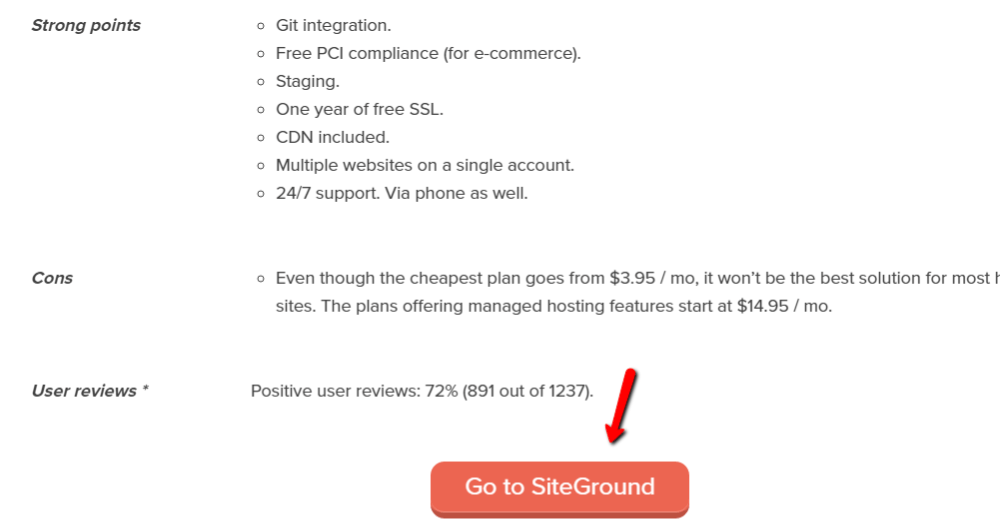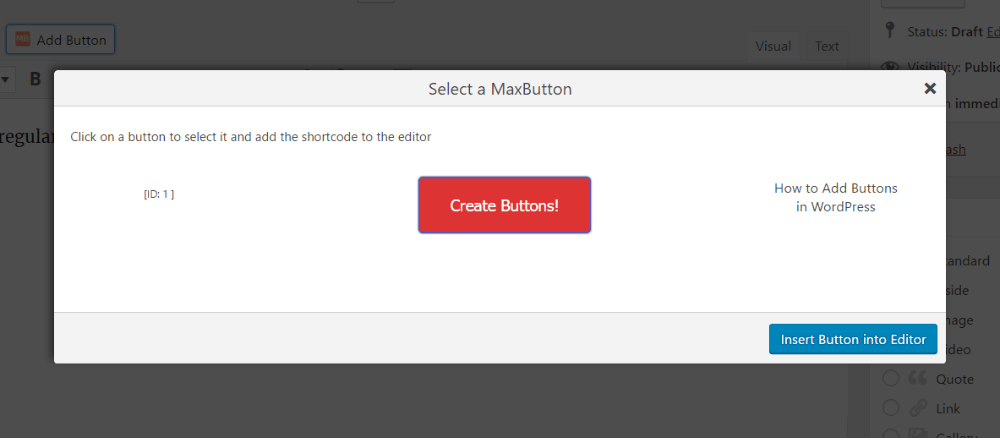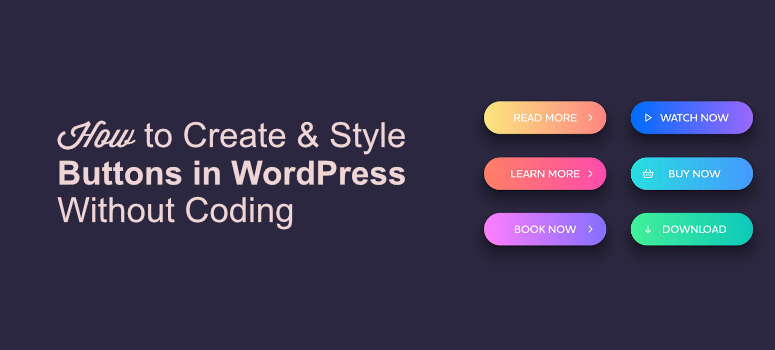
They both run every 8 or 10 seconds to draw attention to the button. There are two animation choices in the free version of the plugin.

By playing with those X and Y axis values, you can place the button wherever you’d like on the page. You can see that the button moves to the middle of the right side of the page. To do that, select “Custom” from the “Position” drop-down. The custom location is useful if you want to set a button, say, in the middle of the side of the page. When you change the position in the drop-down, you can see the button move in the preview pane.

This places the button in one of the corners of the site or a custom location. Here you set the button position, animation, style, action, and whether the button shows up on a desktop display, mobile, or both. The first thing we’re going to do is click the wrench icon to access the basic button settings. I’m going to delete one of them so we can focus on configuring a single button. That’s a preview so you can see what your floating call to action button will look like on the site.īy default, Buttonizer shows two buttons in a group. When Buttonizer opens, it also opens the home page of your site in a separate panel. In the left column navigation, mouse over the “Buttonizer” link and click the “Buttonizer” link. Using Buttonizer to Create WordPress Floating Button Once you have located the plugin, click the “Install Now” button. In the “Search plugins…” box, enter “Buttonizer.” In the left column navigation, mouse over the “Plugins” link and click the “Add New” link. Then, we’ll briefly touch on some of the other options available with Buttonizer.

Today, we’ll walk through the creation of a CTA button that sends the visitor to another page on your site. So it’s easy to create buttons that take your visitor to a URL, initiate a chat, a phone call, an SMS message, post to social media, and more. Buttonizer has a lot of built-in functions. We’ll use the Buttonizer plugin for our call to action (CTA) button. The button can be placed in a prominent position and stay there as the page scrolls. But if your button is in a static position on a page, it can sometimes get pushed beneath “ the fold.” A floating call to action button solves that problem.

Your call to action button is one of the most important elements of getting a visitor to engage (or buy!).


 0 kommentar(er)
0 kommentar(er)
